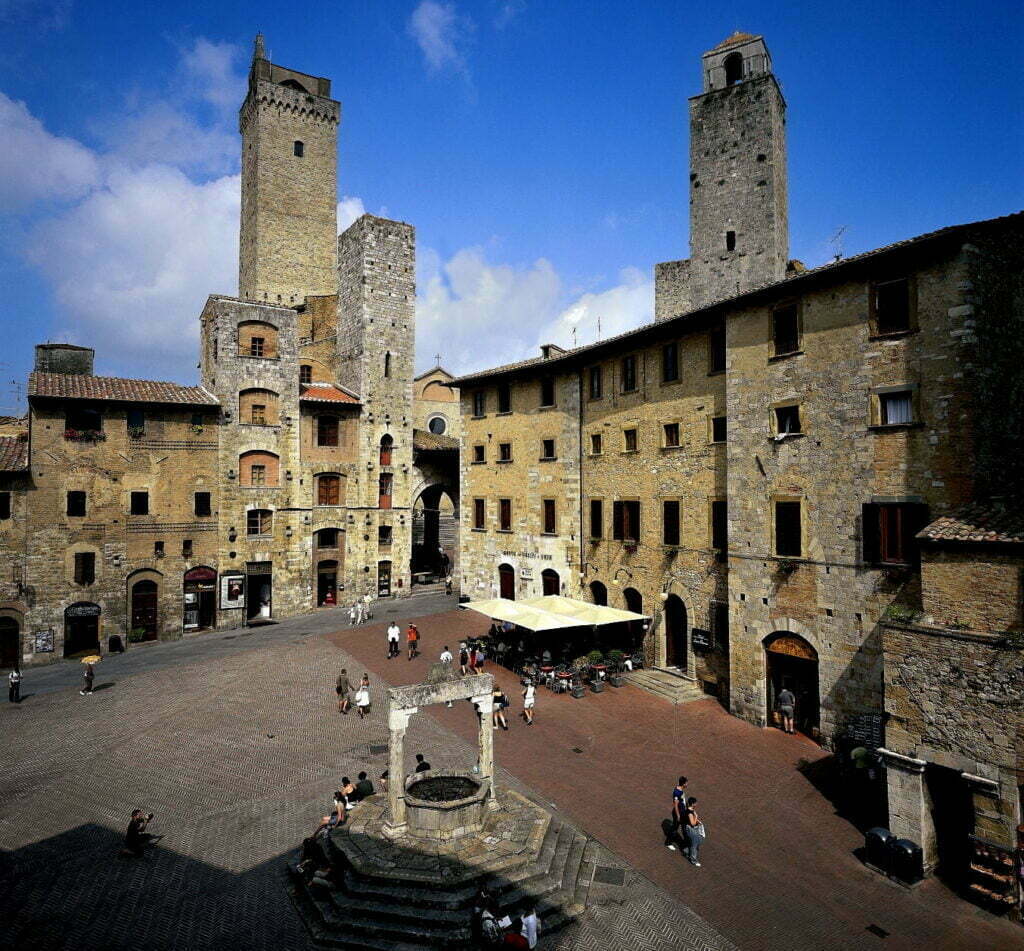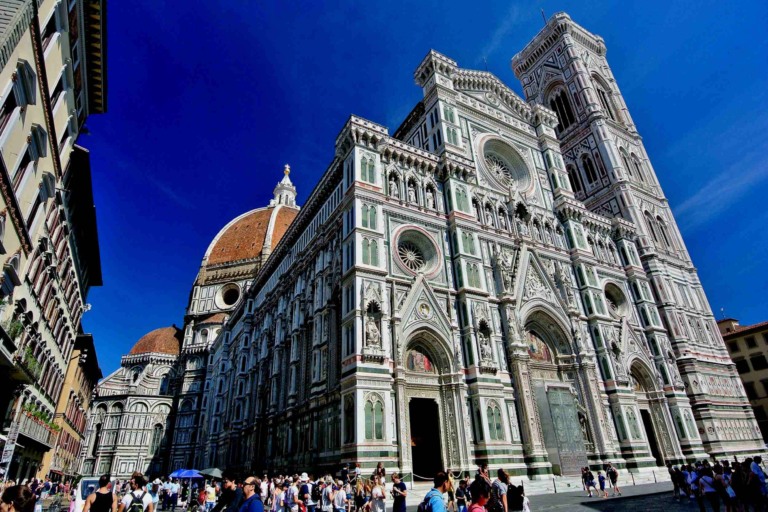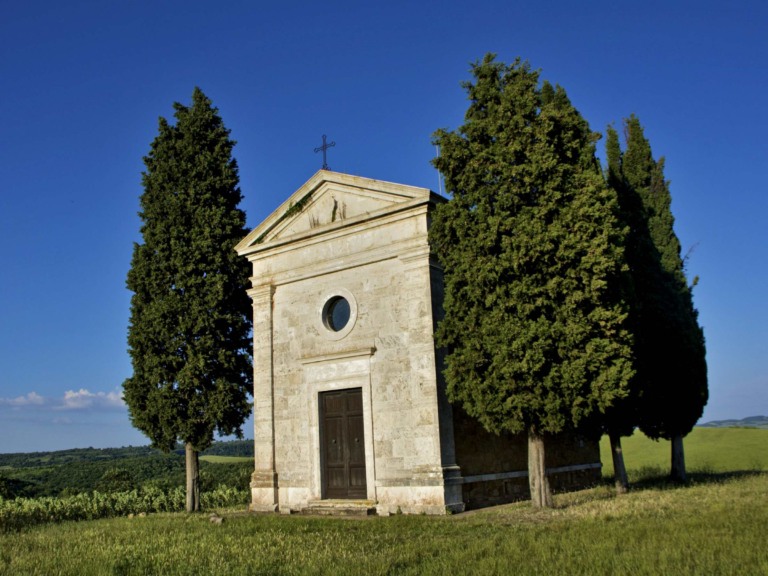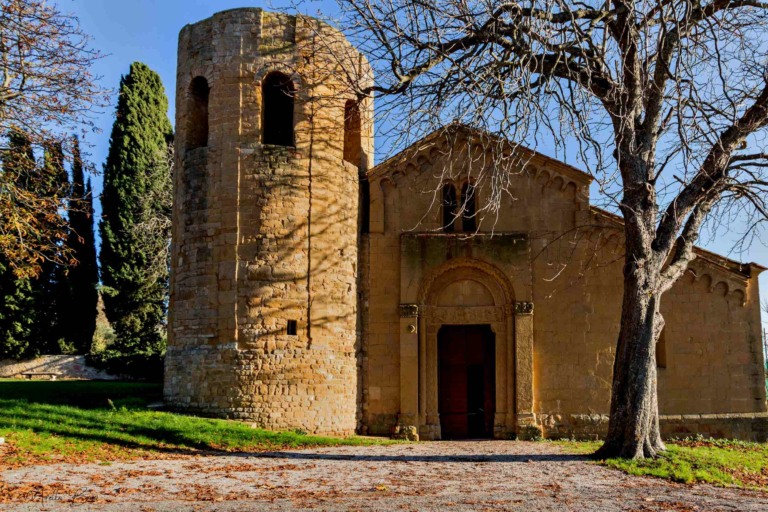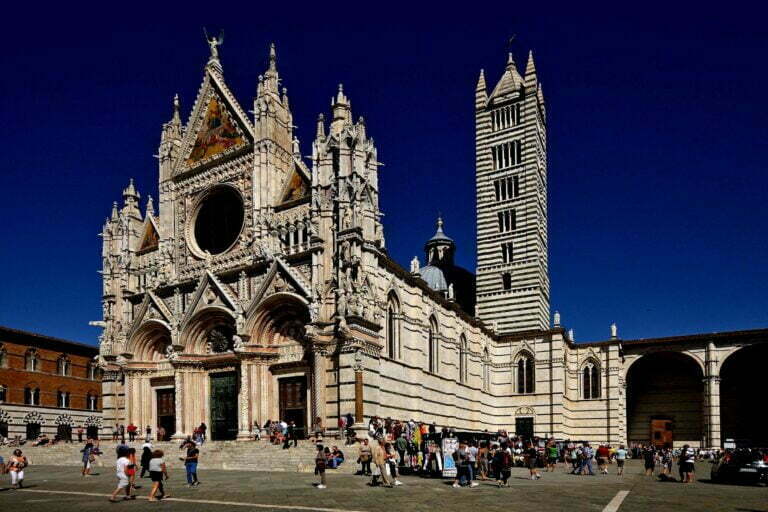San Gimignano is a relay point for pilgrims traveling to and from Rome on the Via Francigena, 56 km south of Florence, in the Tuscany region of Italy, and was a UNESCO World Heritage Site from 1990 onwards.
Historic Centre of San Gimignano
Historic Centre of San Gimignano, once called the “City of Silva,” lies about 20 miles (32 kilometers) northwest of Siena. The town was eventually renamed Gimignano after the Bishop of Modena (d. 397), who saved it from a barbarian attack.
The town was governed by two great, always-fighting families during the Middle Ages: (1) the Ardinghelli (Guelf) and (2) the Salvucci (Ghibelline). The city’s resources were depleted in 1352, and it was forced to submit to Florence.
San Gimignano is known for its Gothic architecture and is one of the best-preserved medieval cities in Italy, with its city walls, gates, and 14 notable ancient towers still standing.
San Gimignano in Tuscany
Because of its architectural uniformity and original urban plan, Italian towers is a cultural asset of extraordinary worth. Within the town’s double wall, the buildings are a spectacular example of mediaeval architecture.
From the 12th through the 14th century, it was influenced by Florentine, Sienese, and Pisan styles. Only 14 of the original tower houses have remained since San Gimignano became independent in 1199.
San Gimignano delle Belle Torri has kept its feudal ambiance and aspect, with numerous significant palaces built between the 12th and 14th centuries.
San Gimignano Italy
Several masterpieces of Italian art from the 14th and 15th centuries may also be found in Sangimino Italy. These can be found in the cathedral as well as other notable religious and civic structures.
These San Gimignano towers, formerly numbered 72, were erected by powerful families competing for prestige. The majority of the towers collapsed due to shaky foundations.
The Palazzo del Popolo (1288–1323), which houses the civic museum and picture gallery, the Collegiata (the former cathedral, consecrated in 1148), which is richly decorated with frescoes, and the church of Sant’Agostino (1280–98), which contains frescoes by Benozzo Gozzoli depicting scenes from St. Augustine’s life. San Gimignano is a popular tourist destination known for its wines.
Italian Towers
It was also a major commercial route, helpful for bringing saffron from the region to lucrative markets. San Gimignano fell out of favor as speedier roads became available.
The construction of new buildings paused, and the residents did everything they could to save the old ones from collapsing. As a result, buildings remained essentially unchanged until recent restorations and preservation efforts.
Despite its decline, San Gimignano continued to draw famous later Renaissance painters such as Domenico Ghirlandaio, Benozzo Gozzoli, and Benedetto da Maiano, whose works may be seen in its churches.
The top attractions and things to do in San Gimignano are listed above, as are the best places to visit in this picturesque town. Due to current worldwide health and safety concerns, some locations may be temporarily closed.
Share to stand out from the crowd with this Blog.
